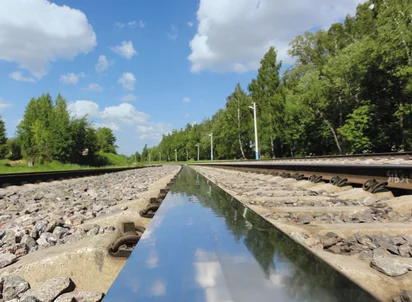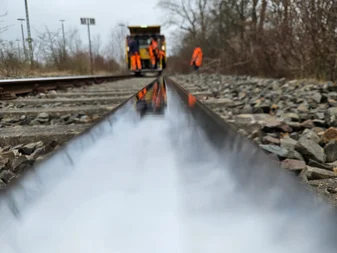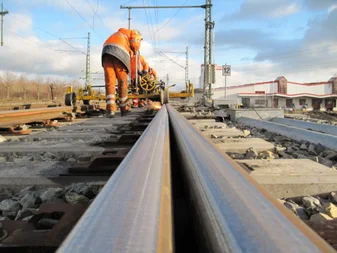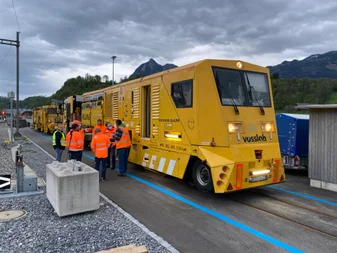The need for sustainable rail maintenance is growing
The reasons are obvious: higher track loads resulting from generally higher traffic volumes are often accompanied by higher speeds and/or axle loads. These either lead to increased rail head wear with surface deformation in the longitudinal and/or transverse direction, or the extreme pressure and shear forces result in fatigue and crack formation. Since the resulting rail damage not only impairs ride comfort due to vibration and noise, but above all jeopardizes operational safety, it must be removed by grinding or milling.
When timetables are tightened and extended over longer hours, the time windows available for inspection and maintenance activities become shorter. This means that they must be designed to be minimally invasive to operations, which further increases the complexity of maintenance. A first step toward increasing network capacity is to significantly increase the proportion of preventive measures in relation to corrective measures.





.jpg?format=webp&quality=85&crop=956.4,956,x372.1,y229.9&width=60)